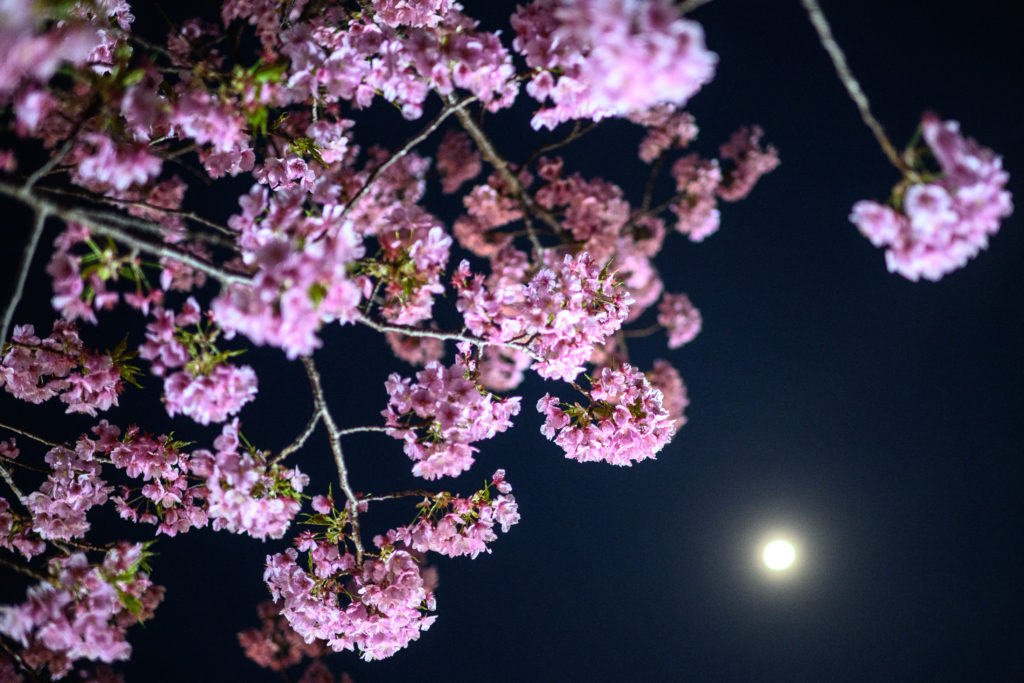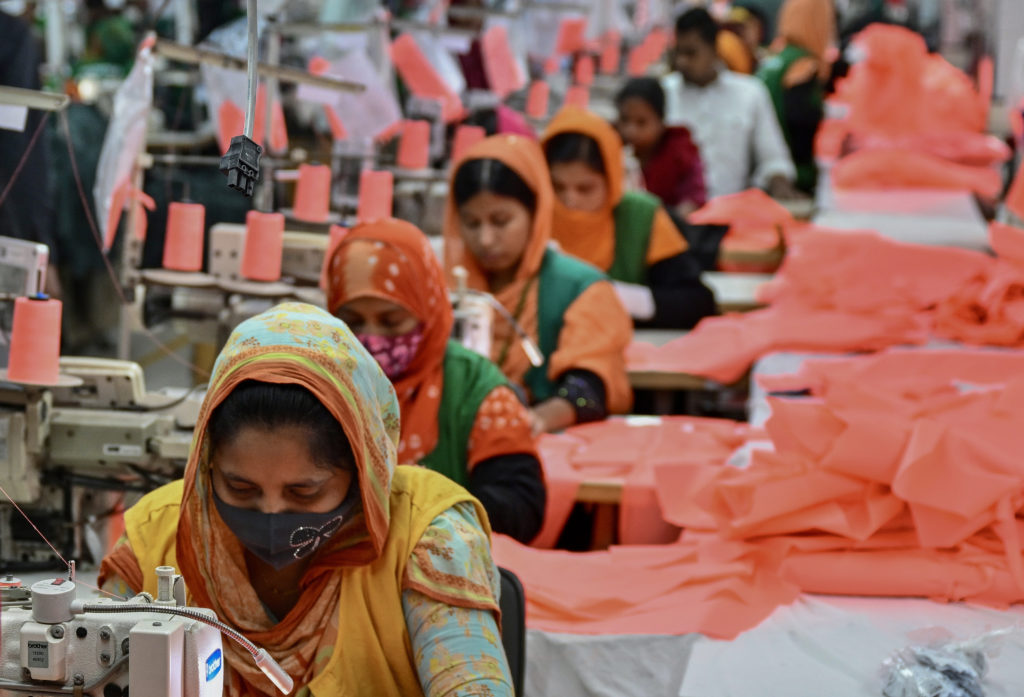The flower fields of Nepal’s Gundu village glimmer yellow, orange and purple as women harvest blooms, a flourishing industry changing tough village lives by providing garlands for Hindu festivals.Nestled on the rim of Kathmandu Valley, Gundu is renowned for supplying the brightly-coloured globe amaranth and marigold flowers, with demand surging for this week’s Tihar celebrations, also known as Diwali, the Hindu festival of lights.At dawn, the village women gather in the fields to harvest the blooms, that will, by the day’s end, be woven into garlands to adorn homes and temples.The women of Gundu have turned this seasonal bloom into a thriving industry, despite a labour-intensive process of picking and weaving them into garlands. “This has provided more jobs for women of our village,” said flower farmer Saraswoti Bista, 56.”We don’t have to leave home, and by weaving garlands, we earn a good income,” she added.- Flourishing -Nepal, a majority-Hindu Himalayan nation, has a GDP per capita of $1,324, according to the World Bank.The flourishing trade has transformed Gundu into a model for flower production, with nearly 500 households supplying over one million garlands every year, generating over $133,000, according to the local village authority.As the festival peaks, garlands spill from rooftops and porches, filling the village with vibrant purple, red, and orange, a floral hub in Nepal.The dramatic deep purple-coloured globe amaranth, known in Nepal as makhmali, is in special demand during the five-day festival of Tihar.The dried blooms can last for months — or even years — with proper care.The garlands are given by sisters to their brothers on the fifth day of Tihar, as a symbolic offering wishing for their long life. Nepal produced an estimated 2.5 million garlands of globe amaranth flowers in 2024, a 10 percent increase since last year, according to the Floriculture Association Nepal.”It also supplies to different countries,” said flower association representative Dilip Bade.The country is set to export 200,000 garlands, valued at $1.4 million, to the United States, Australia, South Korea, Japan, and Europe, according to the floriculture association.But while the flower industry is blossoming, heavy flooding worsened by climate change hit the floriculture sector hard, resulting in estimated losses of over $1.1 million.
Wed, 30 Oct 2024 08:17:19 GMT









